Marina History

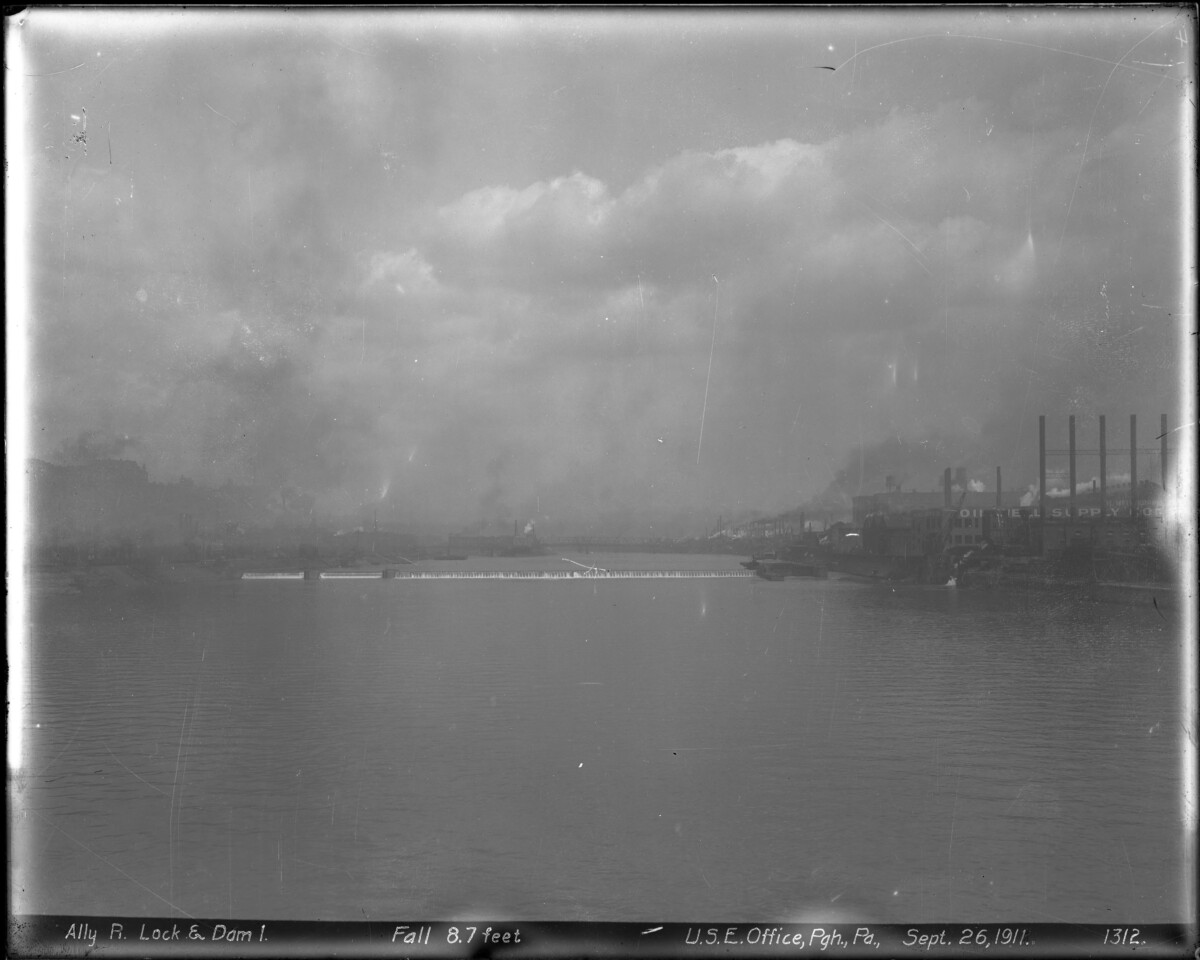
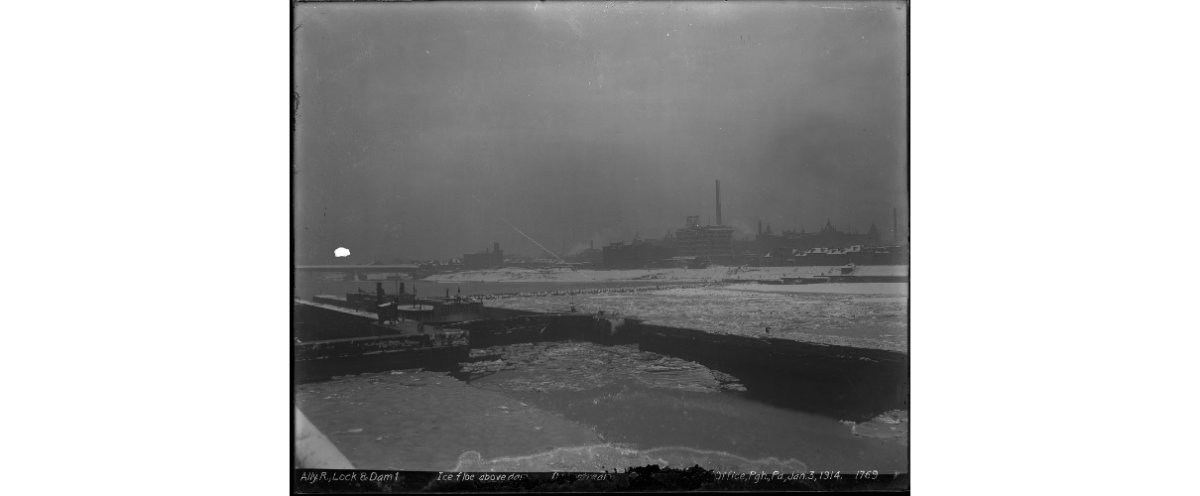
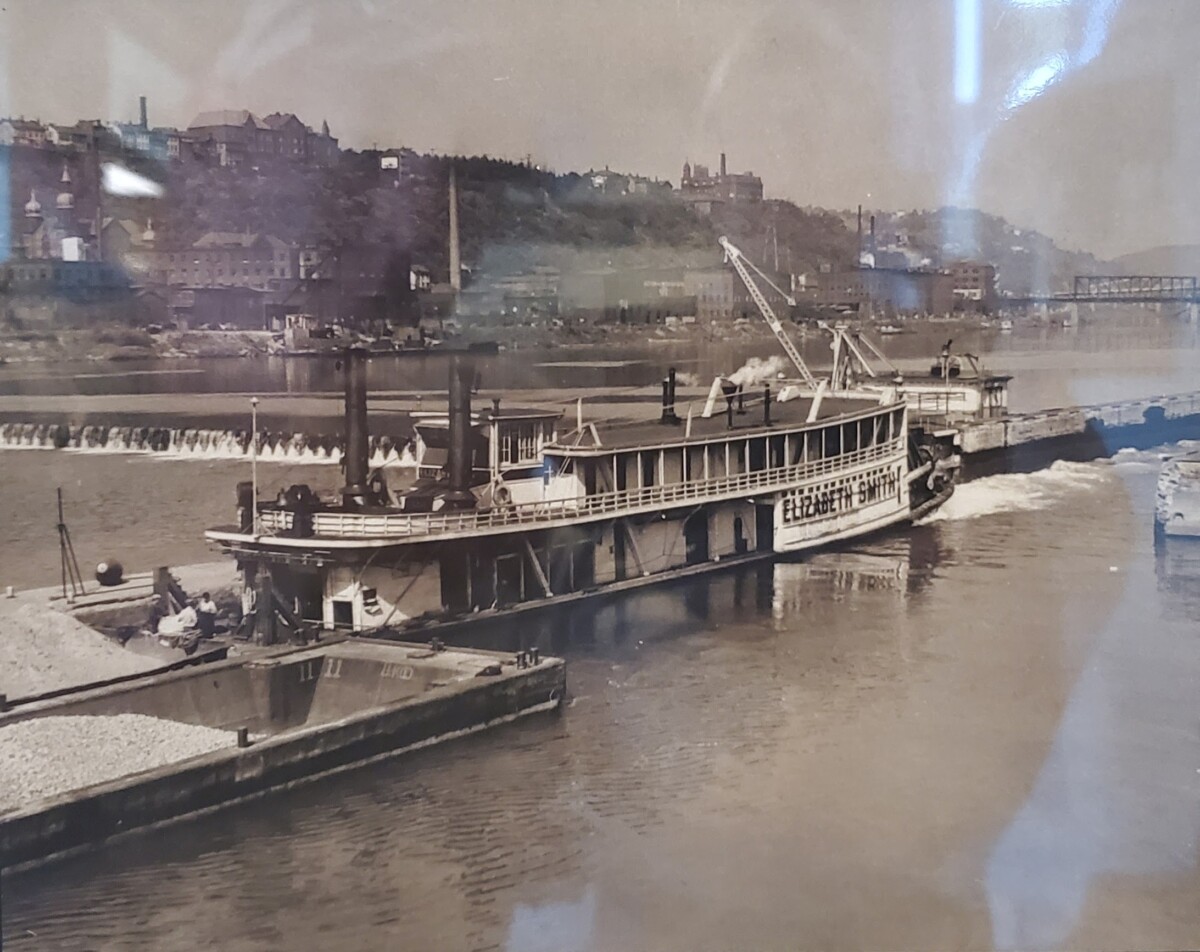
In the Media
What Ever Happened To Allegheny River Lock And Dam Number One?
Herrs Island Lock and Dam
“Such a work, in connection with the Davis Island Dam, would complete the harbor of Pittsburgh,” said Colonel Merrill, “and would receive throughout its limits the cheap transfer of coal, coke, ore, petroleum, limestone, pit and manufactured iron, and other bulky articles to the great advantage of the manufacturer, and ultimately, of the consumer.”
In 1885, Congress approved the plan to construct a lock and dam at Herrs Island in order to submerge Garrison ripple, a wide shoal where the Allegheny fell two feet in a quarter-mile. Initially, construction was delayed because Pennsylvania did not cede jurisdiction over the site until 1887 and because riparian owners and the City of Pittsburgh opposed the project. Owners of land adjacent to the locksite opposed because the lock would block their access to river transportation, and Pittsburgh opposed it because it feared a fixed dam might increase flood crest heights and cause ice gorges. To allay those fears, a movable dam was substituted for a fixed dam and the lock was relocated fifty-five feet away from the river bank to allow continued access to river terminals. On July 12, 1893, Arras began building workshops on Twenty-Second Street in Pittsburgh and the cofferdam for the second concrete river lock ever to be built in the United States.
When Arras completed the cofferdam around the Herrs Island locksite in 1893, he found it impossible to pump dry. Years of private dredging at the site had removed sand and small stones, leaving boulders with spaces between and a permeable bottom. Arras decided to place the foundation underwater without a dry cofferdam. He dredged the lockpit and drove in the piles to hold the concrete forms. High water stopped work in late 1894, filled the excavation with new material, and winter ice destroyed the piles. He began anew in 1895, redredging the site and driving new piles. In July, he sent divers down to attach hemlock lumber stringers and plank forms to the piles; workmen above the water lowered each stringer and plank to the divers who spiked them securely to the piles.
Floods and other troubles constantly interrupted the work at Herrs Island: six times in 1896; five times by floods and once by a tornado that destroyed the steam powerplant. The delays so angered rivermen that they accused District Engineer Richard Hoxie of neglect of duty and threatened charges against him. Divers finally had the forms spiked in place on August 28, 1896, and concrete placement began from 1.5 cubic yard mixers mounted on piles under which scows were loaded to carry concrete to the forms.
Concrete was placed underwater with six iron tubs handled by derricks and placed in the lockwalls by shoveling directly from scows to the forms. Poured dry as brown sugar and rammed in six-inch layers by men pounding with cast iron tools, the concrete was placed with little time for curing, allowing completion of the lockwalls in 63 working days. Concrete quality and placement were primitive at the second concrete river lock built in the United States, but proved satisfactory: closing and pumping Herrs Island Lock for repairs was not necessary until 1930.
Herrs Island Lock and Dam
“Such a work, in connection with the Davis Island Dam, would complete the harbor of Pittsburgh,” said Colonel Merrill, “and would receive throughout its limits the cheap transfer of coal, coke, ore, petroleum, limestone, pit and manufactured iron, and other bulky articles to the great advantage of the manufacturer, and ultimately, of the consumer.”
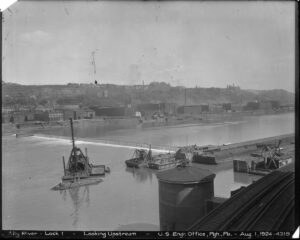
In 1885, Congress approved the plan to construct a lock and dam at Herrs Island in order to submerge Garrison ripple, a wide shoal where the Allegheny fell two feet in a quarter-mile. Initially, construction was delayed because Pennsylvania did not cede jurisdiction over the site until 1887 and because riparian owners and the City of Pittsburgh opposed the project. Owners of land adjacent to the locksite opposed because the lock would block their access to river transportation, and Pittsburgh opposed it because it feared a fixed dam might increase flood crest heights and cause ice gorges. To allay those fears, a movable dam was substituted for a fixed dam and the lock was relocated fifty-five feet away from the river bank to allow continued access to river terminals. On July 12, 1893, Arras began building workshops on Twenty-Second Street in Pittsburgh and the cofferdam for the second concrete river lock ever to be built in the United States.
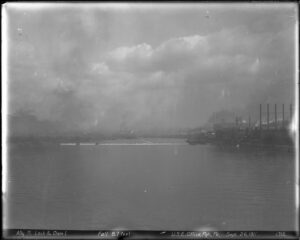
When Arras completed the cofferdam around the Herrs Island locksite in 1893, he found it impossible to pump dry. Years of private dredging at the site had removed sand and small stones, leaving boulders with spaces between and a permeable bottom. Arras decided to place the foundation underwater without a dry cofferdam. He dredged the lockpit and drove in the piles to hold the concrete forms. High water stopped work in late 1894, filled the excavation with new material, and winter ice destroyed the piles. He began anew in 1895, redredging the site and driving new piles. In July, he sent divers down to attach hemlock lumber stringers and plank forms to the piles; workmen above the water lowered each stringer and plank to the divers who spiked them securely to the piles.
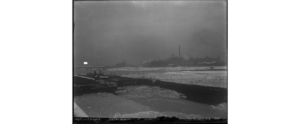
Floods and other troubles constantly interrupted the work at Herrs Island: six times in 1896; five times by floods and once by a tornado that destroyed the steam powerplant. The delays so angered rivermen that they accused District Engineer Richard Hoxie of neglect of duty and threatened charges against him. Divers finally had the forms spiked in place on August 28, 1896, and concrete placement began from 1.5 cubic yard mixers mounted on piles under which scows were loaded to carry concrete to the forms.
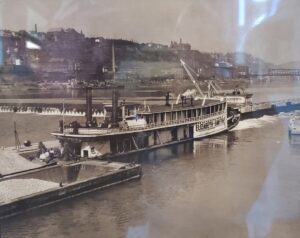
Concrete was placed underwater with six iron tubs handled by derricks and placed in the lockwalls by shoveling directly from scows to the forms. Poured dry as brown sugar and rammed in six-inch layers by men pounding with cast iron tools, the concrete was placed with little time for curing, allowing completion of the lockwalls in 63 working days. Concrete quality and placement were primitive at the second concrete river lock built in the United States, but proved satisfactory: closing and pumping Herrs Island Lock for repairs was not necessary until 1930.
